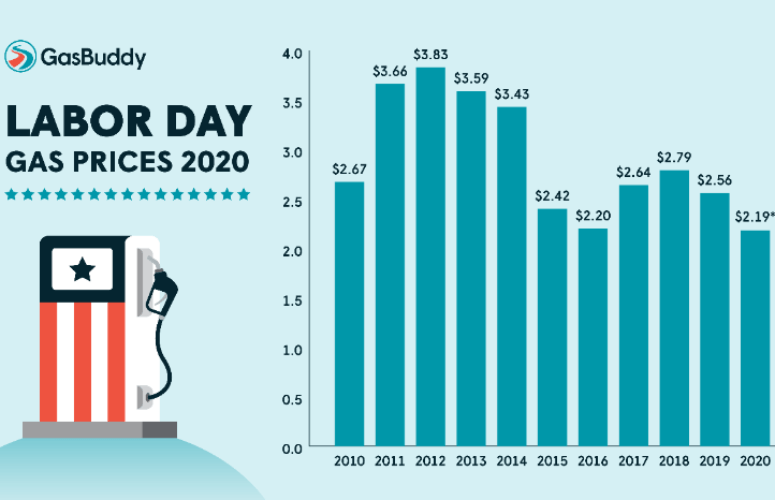
Crashes on Goethals Bridge Down 57% Thanks to $1.5M Investment
On Feb 27, 2020The Port Authority announced that the $1.5 billion mega investment in the new Goethals Bridge and the implementation of cashless tolling are not only paying benefits in travel reliability and eliminating lines at cash toll booths but have also yielded significant traffic safety benefits. Crashes at the bridge overall have declined by 57% due to the construction of wider lanes and shoulders of the new Goethals Bridge and the new cashless tolling system when measured against crashes in the same period before the upgrade to the cashless tolling system.
“Meeting modern standards at the new Goethals Bridge and the implementation of cashless tolling at our crossings provides not only a better travel experience for our customers, but a direct traffic safety benefit through a reduction in crashes and injuries,” said Port Authority Chairman Kevin O’Toole. “We will continue to explore ways to leverage technology to improve safety and the customer experience not only for those using our New Jersey-New York crossings, but for the traveling public at the region’s airports and on the PATH system.”
“At a time when record traffic volumes are being reported at the Staten Island Bridges, our investments in two dramatic improvements – in building a new 21st Century Goethals Bridge with wider lanes and instituting cashless tolling – are having a major impact on reducing vehicle crashes,” said Port Authority Executive Director Rick Cotton. “In the long term, we believe this trend will continue not only at the Staten Island crossings but at the trans-Hudson crossings as we continue to roll out cashless tolling at the Holland and Lincoln tunnels and George Washington Bridge by 2021.”
In advancing the investment in the new Goethals Bridge, the Port Authority cited traffic safety improvements among the top goals of the project. The new Goethals Bridge meets modern highway standards with two 12-foot-wide travel lanes, a 12-foot outer shoulder, and a five-foot inner shoulder in each direction on the new bridge’s twin spans. These features have driven down the overall crash rate for drivers and improved response capability allowing for faster incident clearance and less related congestion.
In 2019, the accident rate on the new Goethals Bridge was 2.29 per million vehicles, down from 5.37 per million vehicles in 2014. This reduction occurred despite an increase of more than 7 million vehicles annually by 2019 at the crossing since 2014. Following completion of the new bridge and institution of cashless tolling, individual crashes have decreased from 149 crashes prior to construction in 2014 when construction on the new bridge began to 81 crashes in 2019 post construction and post cashless tolling.
Cashless tolling allows drivers to maintain speeds and eliminates the lane changing, weaving, and merging associated with traditional tolling configurations. The streamlined traffic flow at cashless tolling facilities dramatically reduces the sideswipe and rear-end collisions that result in injuries, property damage, travel delays and congestion.
Under cashless tolling, all travelers drive at roadway speeds under an overhead gantry equipped with tolling equipment and traffic sensors. E-ZPass account holders have their toll debited from their account, while motorists without E-ZPass have an image of their license plate captured so that a toll invoice can be mailed to the registered vehicle owner.
As the Hudson River crossings introduce cashless tolling, traffic crashes at the toll plazas are expected to decline by 75 percent. In addition, cashless tolling is also expected to reduce travel time at Port Authority crossings by 200,000 hours per year. This change will also result in substantial environmental benefits, saving 330,000 gallons of fuel per year and reducing CO2 emissions by 2,800 metric tons.
To access more business news, visit NJB News Now.
Related Articles:





